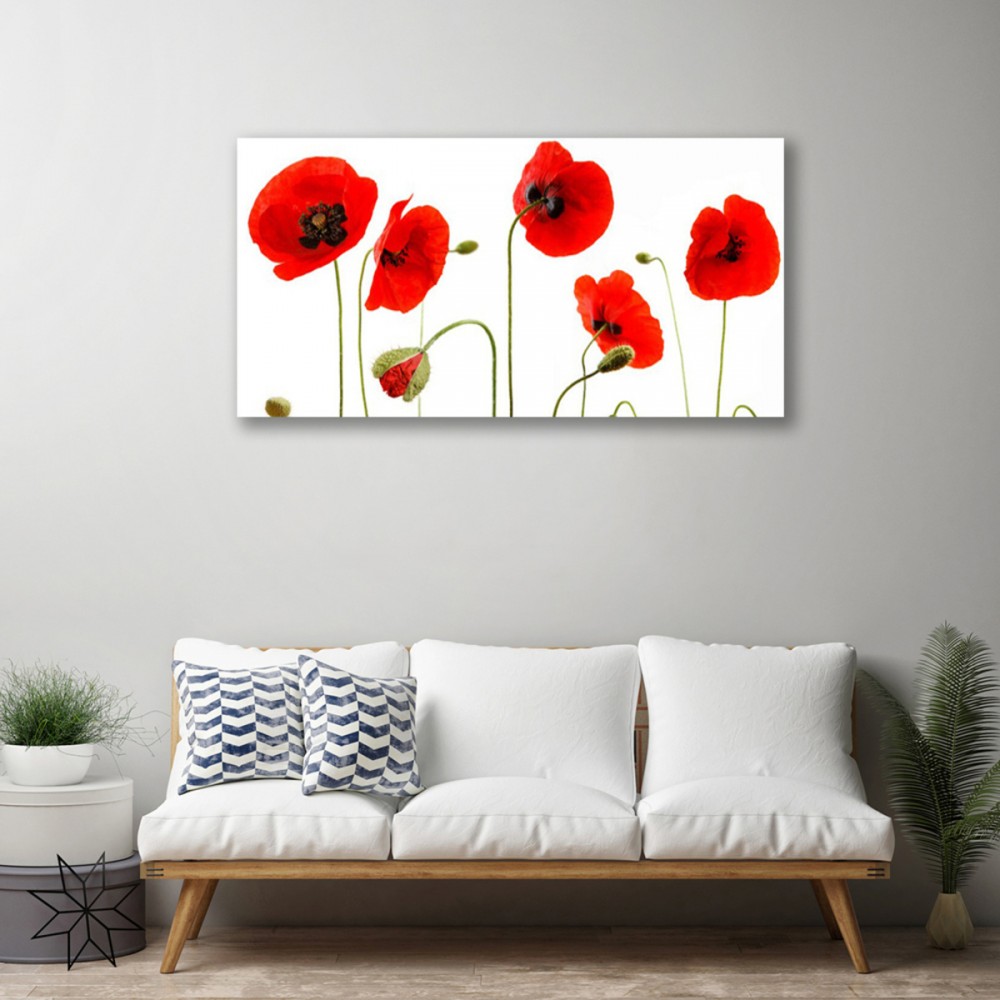
The everyday usual dirt, dust, children's fingerprints or splashes of liquid - all this can make our paintings look less beautiful than they were once. If we want to bring them back to their former glory and shine, we should take proper care of them. However, due to the delicate nature of the paintings, the care of them is not so simple or obvious. Therefore, below we will try to present practical advice on how to clean images without damaging their texture and paint.
The type of image is relevant
Nowadays, not only do we come across different techniques of painting, which require different paints, but also the paintings themselves are painted on different materials. So it's no wonder that each type requires separate care. The most popular are, apart from traditional paintings on canvas, those on glass or acrylic. While in the first case, cleaning requires the use of appropriate means to avoid damaging the texture of the canvas, when cleaning glass prints and acrylic it is usually enough to wipe them with a damp cloth or, in case of slightly stronger dirt, to use delicate detergents.

Thanks to this, in just a few moments they will be delighted with the old intensity of colours. This is why paintings on glass in particular are recommended for hanging in the kitchen or bathroom. Nowadays, such durable techniques of printing images on glass are used that even cutting boards or wall panels made with photo images. This proves the high resistance of these images to any damage or dirt.
How to clean the painting on canvas?
Things get complicated when we're going to clean the painting on canvas. Canvases are usually made of natural fabrics (e.g. canvas is 100% cotton), so excessive exposure to water is not advisable. In this case it is very easy to damage the image permanently, so it should be cleaned with a little prudence. Of course, it's worth to start by cleaning the frame from dust - a simple damp cloth is enough.
Then you can use compressed air spray to vacuum the canvas, which should be kept a little further away, possibly gradually zooming in. You can also gently apply a slightly damp cloth to the canvas, but try to avoid friction. In order to take care of saturated original colors, you should avoid hanging canvas paintings in excessively sunny places. Even the best and most resistant materials will not protect an image exposed to sunlight for years to come from fading.

Homemade ways to clean canvas paintings
When it comes to cleaning oil paintings on canvas, it is said that home methods usually help. Due to the compact and smooth formula of oil paints you can use potato stock, soaked in water for twelve hours or linseed oil or heated milk. Just apply a small amount of the mentioned fluids on a cotton cloth and really gently wipe the canvas. However, when buying a painting, it is also worthwhile to pay attention to whether it has been verified-nixed. This top layer protects it from soiling, extending its life in perfect condition and allowing for more convenient cleaning.
In the case of acrylic paintings, you can try to clean the surface of the painting very carefully with a ball of crumbled white bread or a bread elastic band used in art. This way you can clean the whole picture or just dirty places. This will brighten our image by a few tones.
Of course, you will also find specialist preparations for cleaning old paintings in art shops. They usually have the consistency of a natural emulsion, resembling resin or oil, and also contain ammonia. Use a cotton swab to clean the image with such agents. However, remember to carefully read the instructions for use and the intended use of the product. They will allow you to give your paintings a new life. Also, regular cleaning of the images will avoid more serious dirt, making it easier to keep them clean without damaging the paint.
Cleaning images - be careful!
Whichever technique you choose, remember to be careful every time you clean. This activity requires exceptional precision and patience - it is better to avoid haste. It is best to start cleaning on the edges or on a side piece of canvas, where the edges are also painted. This way you will try your technique, avoiding unwanted destruction of the front of the image.

If you notice that the paint is starting to rub off disturbingly or the colours are fading excessively, stop cleaning immediately! Remember that even the most beautiful painting loses its charm when it gets grey and pale. However, by following our recommendations you will be able to bring them back to their former glory - we guarantee that they are effective and tested!
Related posts:
GLASS PRINTS VS. CANVAS PRINTS
CHILDREN'S WALL ARTS WITH ANIMAL MOTIFS








